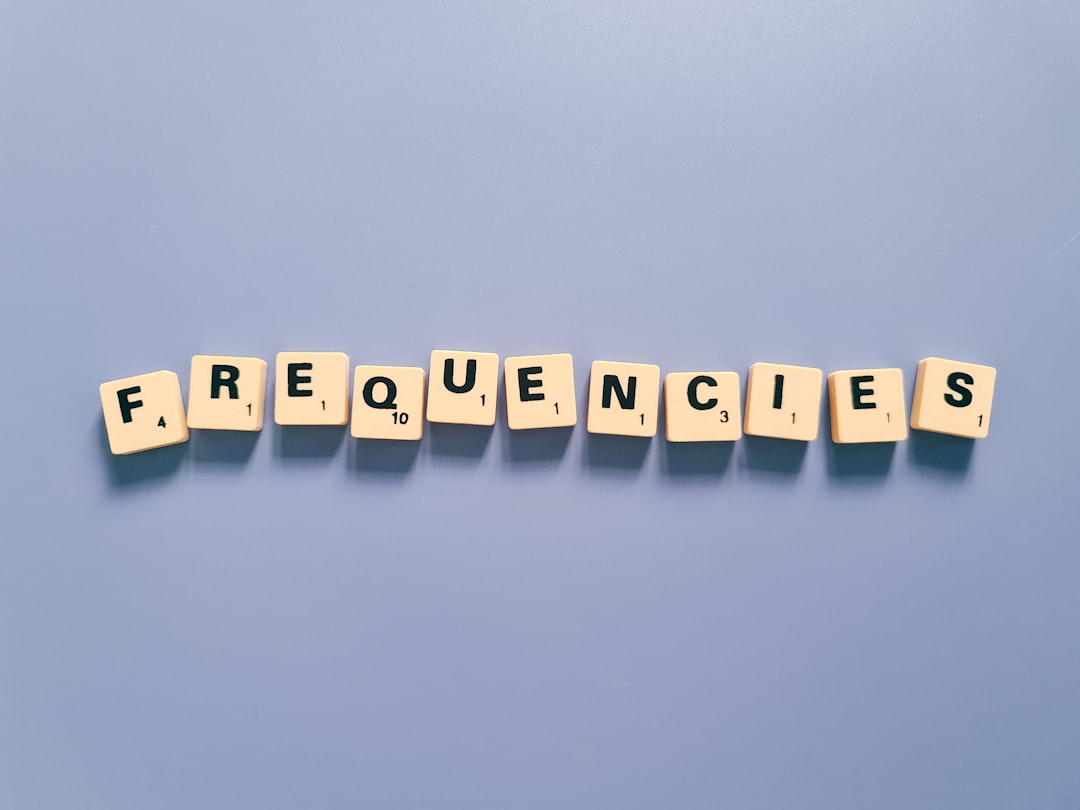Frequency Bias (Baader-Meinhof Phenomenon)

Have you ever heard of the Baader-Meinhof phenomenon? It's also known as Frequency Bias, and it's a cognitive bias that affects our perception of the world around us. This phenomenon occurs when we learn or notice something new, and then we start seeing it everywhere.
What is Frequency Bias?
Frequency Bias is a type of cognitive bias that occurs when we start noticing things more often after we learn about them. This can happen with anything, from a new word to a specific car model. Once we learn about it, we start seeing it everywhere, even though it was always there before.
This phenomenon is also known as the Baader-Meinhof phenomenon, named after a German terrorist group that became more noticeable after their first attack.
How does it work?
Frequency Bias works because our brains are wired to notice patterns and connections. When we learn something new, our brains start looking for it, and we become more aware of it. This can also happen because of confirmation bias, which is when we look for information that confirms our beliefs.
For example, if you're thinking about buying a new car, you might start noticing that car model more often on the road. This is because your brain is actively looking for it, and you're more aware of it now.
Why does it matter?
Frequency Bias can affect our perception of the world around us. It can make us think that something is more common than it actually is, or that it's more important than it really is. This can also lead to false beliefs and stereotypes.
For example, if you see a news story about a crime committed by a person of a certain race, you might start noticing that race more often in crime stories. This can lead to the false belief that people of that race are more likely to commit crimes, even though that's not true.
How can we avoid it?
Unfortunately, there's no way to completely avoid Frequency Bias. Our brains are wired to notice patterns and connections, and we can't control that. However, we can be aware of it and try to counteract it.
One way to do this is to actively seek out information that challenges our beliefs. This can help us see things from a different perspective and prevent us from falling into confirmation bias.
We can also try to be more aware of our own biases and assumptions. If we notice that we're seeing something more often than usual, we can ask ourselves why that might be. This can help us avoid false beliefs and stereotypes.
Conclusion
Frequency Bias is a common cognitive bias that affects our perception of the world around us. It can make us think that something is more common or important than it really is, and it can lead to false beliefs and stereotypes. While we can't completely avoid it, we can be aware of it and try to counteract it by seeking out new information and being aware of our own biases.

